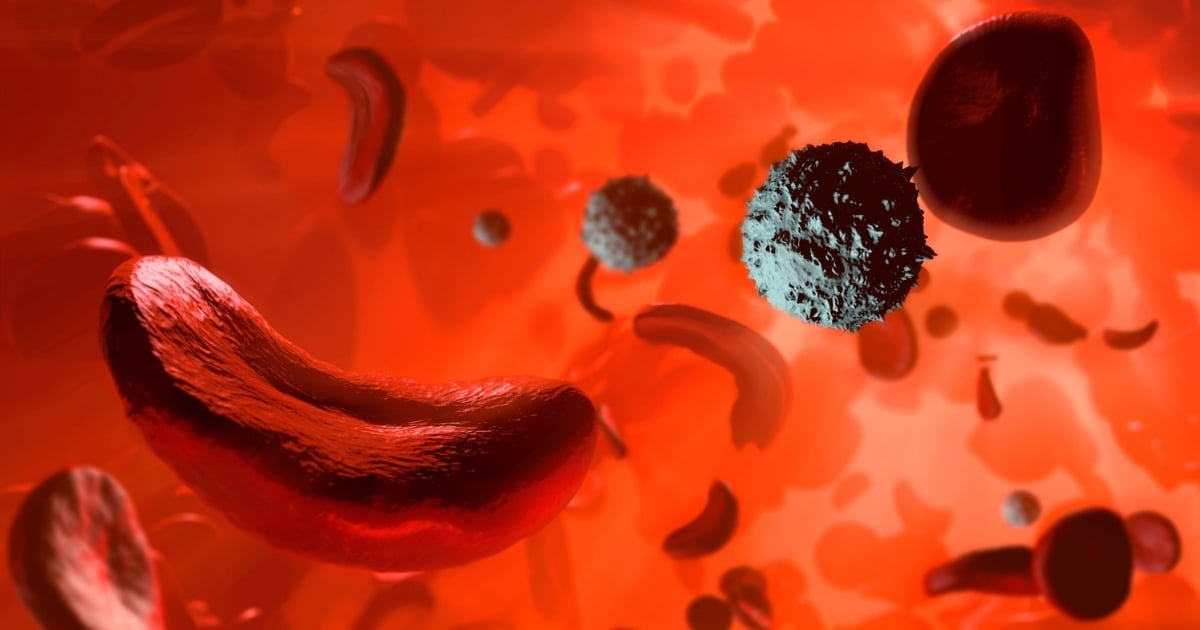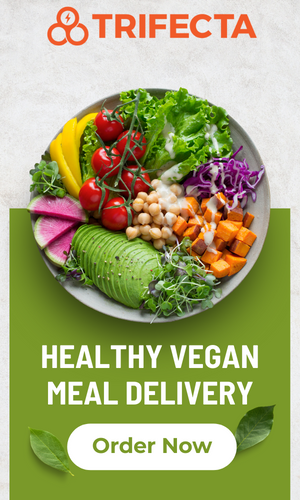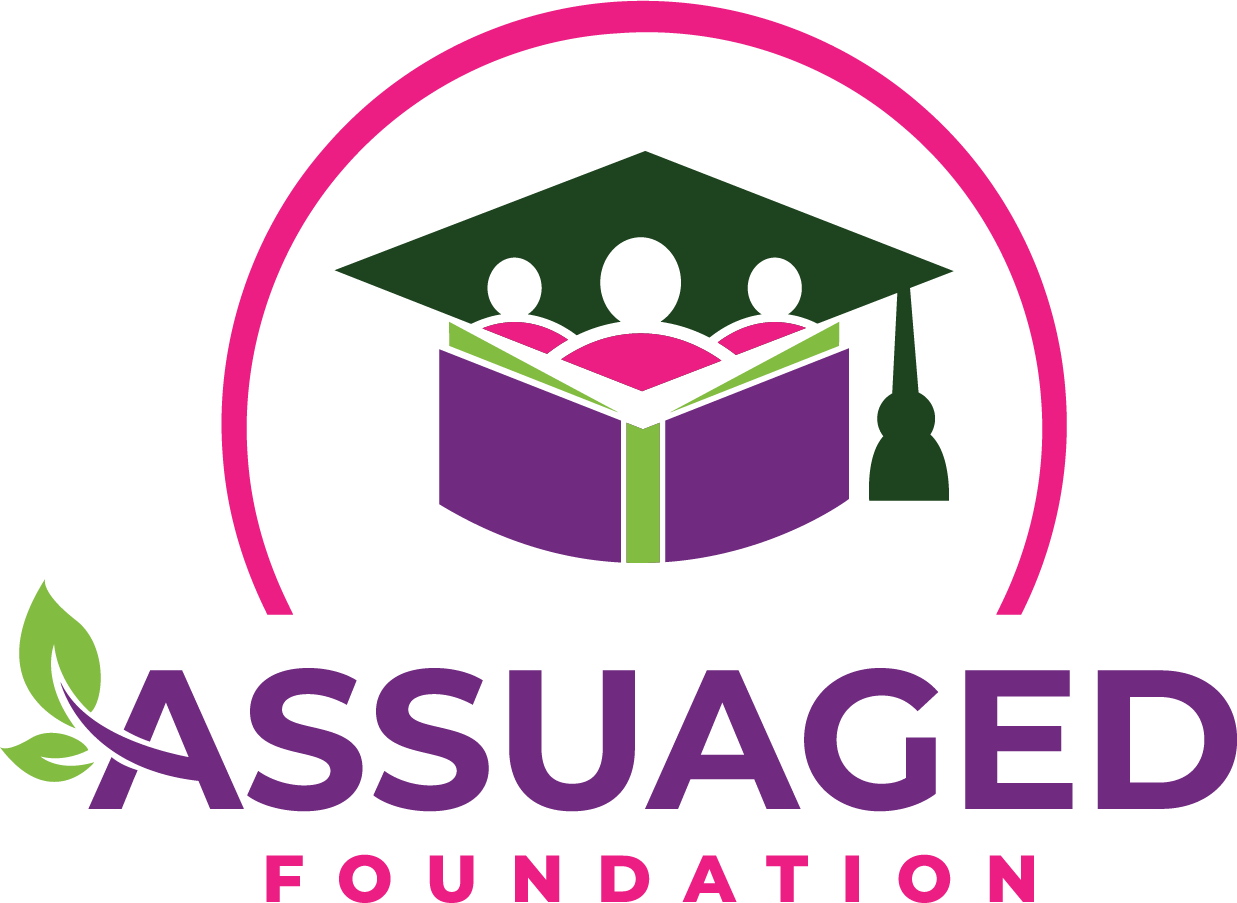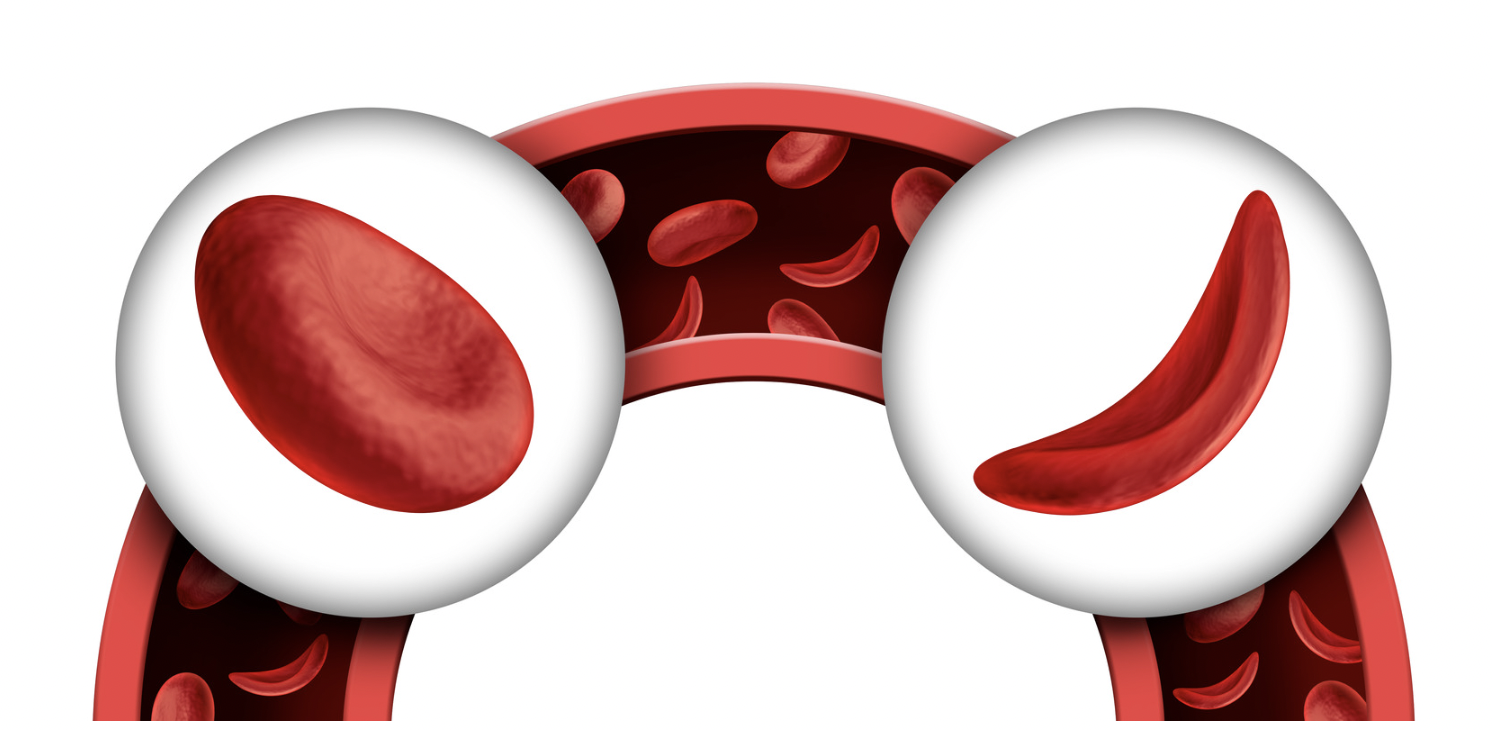In the United States, sickle cell disease (SCD) affects 100,000 Americans[1] . It is an inherited genetic disorder that distorts the shape of red blood cells.

What is Sickle Cell Disease (SCD)?
Sickle cell disease is a genetic disorder caused by a mutation in the hemoglobin (Hb) gene that changes red blood cells' shape. The most common form of SCD is homozygous sickle cell disease (HbSS), or sickle cell anemia. This is the most severe form of SCD and results from inheriting recessive alleles from each parent. (Powars, 2022).[2]
Patients with sickle cell anemia experience severe pain episodes, called sickle cell crises or sickle cell pain crises[2], which usually require medication and/or hospitalization. 30-40% of SCD patients experience debilitating pain that impairs functioning.[3]

The Prevalence of Sickle Cell Disease
Sickle cell disease affects approximately 100,000 Americans[1]. It disproportionately affects African Americans; the prevalence of SCD in Black persons is 1 in 365 births[1].
Disability and Mortality due to SCD
The life expectancy of sickle cell patients is reduced by 20-30 years compared to healthy adults due to related health issues including severe anemia and high white blood cell counts.[4]
Tertiary Prevention
There are three levels of prevention: primary, secondary, and tertiary. Primary prevention aims to prevent a disease from occurring, and secondary prevention aims to diagnose and treat a disease early.
Tertiary prevention is the last level of prevention. It is implemented in symptomatic patients and aims to reduce disability and symptoms in patients with chronic medical conditions.[5]
The Sickle Cell Disease Pain Diary-Self Report

The Pain Diary is a self-reported, self-management tool[6] documenting pain events, pain levels, and medication use in sickle cell patients. It is usually a notebook that the patient or their caregiver logs in.
The tool's goalsinclude creating a detailed history for a medical provider to review, increasing the awareness and knowledge of sickle cell patients, allowing caregivers to assess pain frequency and severity, assessing the need for medication changes, and identifying triggers for pain crises.[7]
Implementing the Pain Diary in medical settings is a tertiary prevention approach to managing SCD. Health promotion programs that include health education (e.g., education about SCD) and behavioral intervention (e.g., Pain Diary self-reporting) can combat social determinants of SCD by giving patients an advantage.
I recommend implementing such a program in Los Angeles County, where Black patients [8] are disproportionately affected by SCD. If you or a loved one has sickle cell disease, I urge you to implement the Pain Diary into your health management routine.
Choosing a healthy plant-based and vegan diet is most beneficial when it comes to:
-
Higher levels of energy;
-
Improved sleep;
-
 Aids in energy and overall happiness;
Aids in energy and overall happiness; -
Provides a sense of comfort and relief;
-
Could prevent major diseases such as obesity and diabetes;
-
Accomplish weight-loss and management; and
-
Improves mental and cognitive functioning.
There are really no excuses not to try healthier habits in your everyday life. If you are a man or woman looking for specific benefits of adopting healthier habits or just want to know about the general healing properties of herbs. Please remember to comment or post any health questions, or contact us directly!
Also, feel free to share any of your favorite recipes to make and share it with the Assuaged community on our ➡️ Share A Recipe ⬅️ page!















